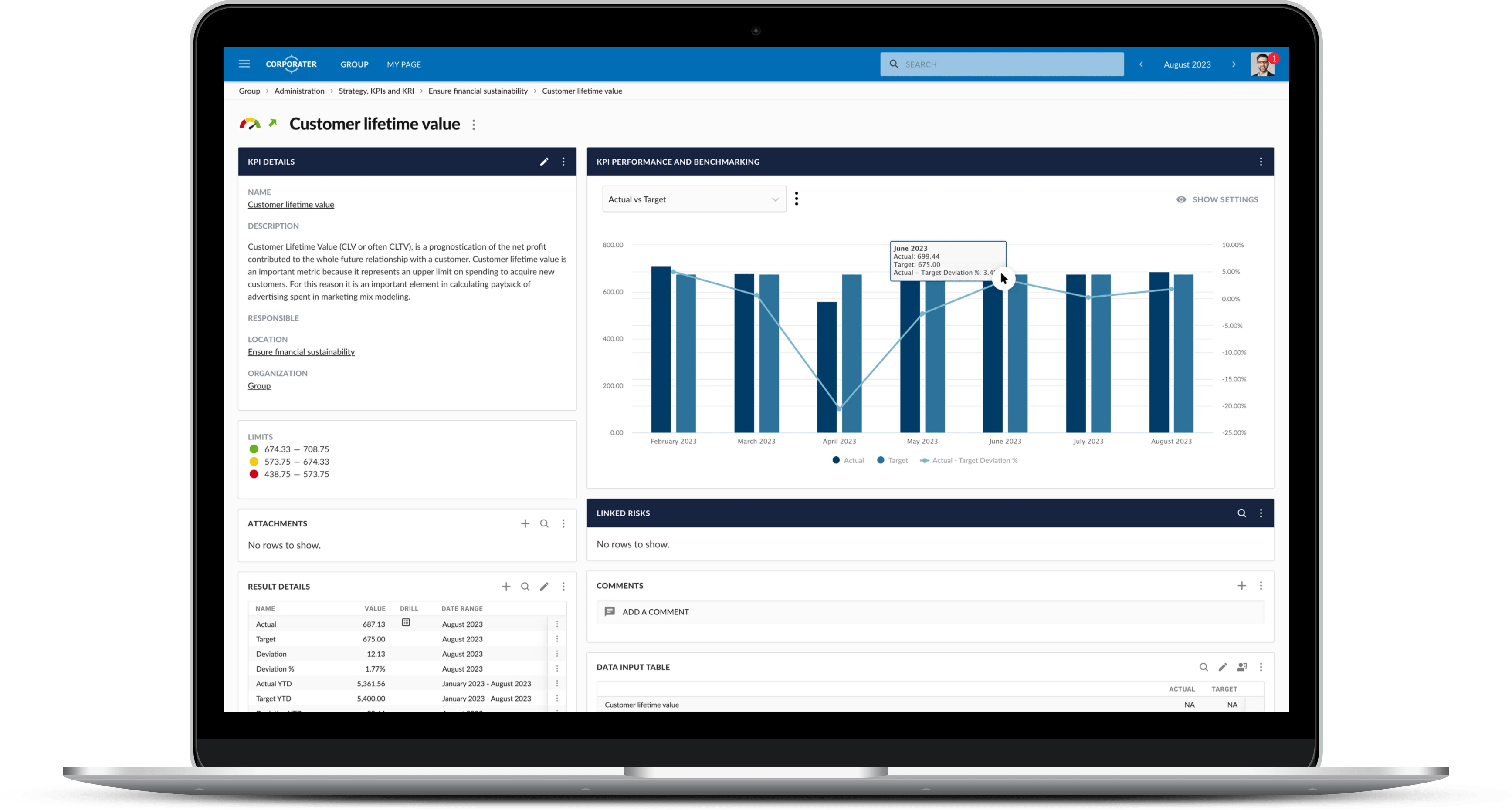Image Source: Google
Auditing is an essential process for companies to ensure compliance, accuracy, and integrity in their financial records. Traditionally, audits were conducted manually, involving extensive paperwork, data entry, and manual cross-referencing. However, with the advancements in technology, audit software has emerged as a game-changer, transforming the way companies conduct audits.
One of the key benefits of audit software is its ability to automate various auditing tasks. With manual audits, auditors had to manually collect and enter data into spreadsheets, perform calculations, and cross-reference multiple documents. This process was not only time-consuming but also prone to errors. Audit software eliminates these manual tasks by automating data collection, analysis, and reporting.
With audit software, auditors can streamline their workflow and focus on high-value tasks such as data analysis and risk assessment. They no longer need to spend hours on data entry and calculations. This not only improves the efficiency of the auditing process but also enables auditors to provide more valuable insights and recommendations to the company.
Another advantage of audit software is its ability to detect anomalies and patterns in data. Manual audits often rely on auditors' intuition and experience to identify potential issues, which can be subjective and prone to human error. Audit software, on the other hand, uses advanced algorithms and machine learning to identify patterns, outliers, and potential fraud indicators in large datasets.
By applying data analytics techniques, audit software can quickly analyze vast amounts of data and identify anomalies that might go unnoticed in manual audits. This not only improves the accuracy of audits but also helps companies proactively detect and prevent fraudulent activities.
Furthermore, audit software enables real-time monitoring of financial transactions and activities. Manual audits typically involve auditing historical data, which may not reflect the current state of the company's finances. With audit software, companies can have real-time visibility into their financial transactions, enabling them to identify issues and take corrective actions promptly.
Real-time monitoring also allows companies to assess and mitigate risks more effectively. By tracking financial activities in real time, companies can quickly identify potential risks and implement appropriate controls to prevent future issues. This proactive approach to risk management can help companies avoid financial losses, reputational damage, and regulatory penalties.
Moreover, audit software enhances collaboration and communication among auditors, management, and other stakeholders. With manual audits, auditors often work in isolation and communicate findings through lengthy reports or meetings. Audit software provides a centralized platform where auditors can collaborate, share information, and track the progress of the audit process in real time.
This improved collaboration not only speeds up the auditing process but also enhances transparency and accountability. Auditors can easily communicate their findings, recommendations, and updates to management and other stakeholders. This enables a more efficient and effective decision-making process, as management can make informed decisions based on real-time audit insights.
In conclusion, audit software is transforming the way companies conduct audits by automating tedious tasks, improving accuracy, detecting anomalies, enabling real-time monitoring, and enhancing collaboration. As technology continues to advance, audit software will likely become an integral part of every company's auditing process, offering increased efficiency, accuracy, and value-added insights.

